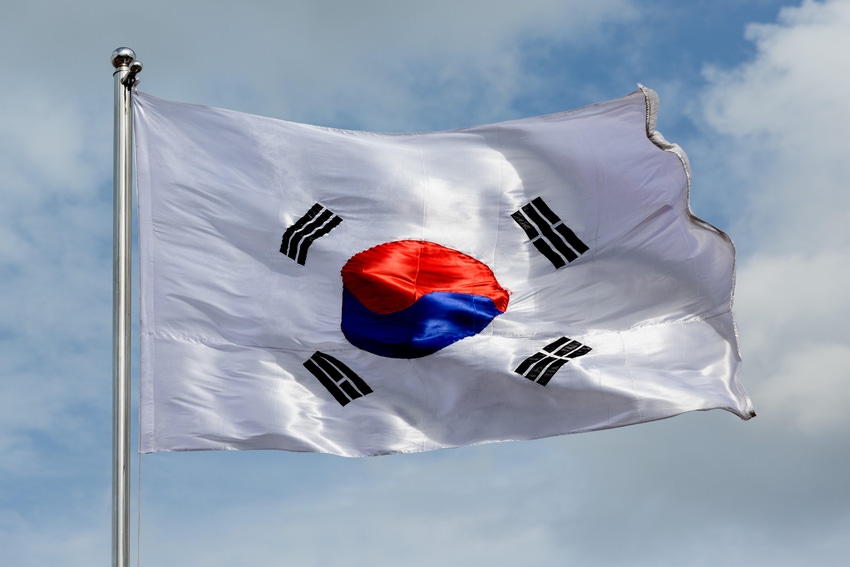Lower mobile subscription fees could reduce investments in South Korea's telco infrastructure
The South Korean government has placed mounting pressure on telco operators to lower the "expensive" monthly subscription fees levied on mobile phone users.

Telco industry observers in South Korea warned that continued government pressure to lower mobile subscription fees could reduce investments in telecommunications infrastructure across the country.
"The telecommunications business essentially requires a lot of capital investment, such as network equipment investments," a telco industry source told The Korea Times on the condition of anonymity.
"While it is natural to align with government policies, support for measures that can invest more in the transition to the AI era, preparation for the upcoming 6G network and new businesses, such as air mobility and self-driving cars, are also needed," the source added.
Making premium handsets affordable
Concerns over the persistent pressure for more cuts on mobile tariffs were raised anew after the Korea Communications Commission (KCC) held a meeting on March 22 with senior executives of SK Telecom, Korea Telecom and LG Uplus and their counterparts from mobile phone makers Samsung and Apple.
KCC chairman Kim Hong-il asked the senior executives to support the recently introduced "transfer subsidy" for consumers who switch carriers upon buying new smartphones. The transfer subsidy is designed so that mobile users who subscribe to expensive monthly plans can receive more subsidies.
"We requested the mobile carriers and mobile phone manufacturers to expand the subsidies, and they promised to actively cooperate," Pan Sang-kwon, director of government affairs at KCC, told local media after the meeting. "It is expected to be increased to a level that can be felt by the public."
In response to the government's call, local media reported that the three South Korean mobile operators on March 23 increased the amount of transfer subsidies, which now stand between a minimum of 30,000 Korean won (US$22.36) and a maximum of KRW330,000 ($245.95) – depending on the mobile subscription plan and the premium smartphone model.
The South Korean mobile market has long been known for its focus on the high-end mobile phone segment – so much so that the government has called for the introduction of mid- to lower-tier monthly subscription plans that are bundled with more affordable mobile phone models.
To address this concern, mobile operators have promised that a lower cost 5G plan of around KRW30,000 (around $22) would be released soon.
Furthermore, the operators have allowed users to subscribe to slower LTE services since the beginning of this year.
Abolishing limit of smartphone subsidies
Raising the transfer subsidy is not the only pricing reform that the South Korean government is looking into in its quest to make telecommunications costs more affordable for its citizens.
In January, the government announced its plan to scrap the ten-year-old Mobile Device Distribution Improvement Act, which prohibits mobile carriers from providing excessive discounts or illegal subsidies to customers.
The act, which came into force in 2014, was meant to lower prices for mobile phone users and to promote market competition by putting a subsidy cap on new mobile phone purchases. This was an attempt to ensure that the same discounts were available to everyone.
However, instead of cutting fees, the mobile operators stopped offering generous subsidies and kept the monthly subscription prices at a high level, leading to higher profits. This had led critics of the law – for years – to call for the abolition of the subsidy limit and for mobile carriers to freely set the subsidy level.
In revealing its plan to abolish the subsidy cap earlier this year, the government acknowledged the criticism that the regulation has led to limited opportunities to buy devices at low prices because of the decline in active competition.
It added a current focus on premium models and continued smartphone price rises meant it was time to revisit the Mobile Device Distribution Improvement Act.
"We believe it is time to alleviate the cost burden of purchasing mobile devices with the recent increase in smartphone prices," the Yonhap News Agency reported, quoting a government official in January.
Media reports in South Korea in early February indicated that the subsidy limit has been lifted.
Citing industry sources, Korea JoongAng Daily said that mobile carriers are now offering subsidies of between KRW55,000 ($41.33) and KRW500,000 ($370) for a new Galaxy S24 device, staggered to a user's mobile plan.
The government previously capped carrier subsidies at KRW240,000 ($178).
Weighing on the price of mobile data
According to the latest worldwide mobile data pricing statistics compiled by Cable.co.uk, South Korea has the highest mobile data cost in Asia (excluding Near East) at $5.01 per gigabyte, followed by British Indian Ocean Territory at $4.44 and then Japan at $3.48. The global average is $2.59 per gigabyte.
However, Kim Yong-jae, a business professor at Hankuk University of Foreign Studies, said the country's communications fees are not as expensive as some other developed countries such as the US, Germany, Sweden and Japan.
The Korea Herald quoted Kim as saying: "Korea's telecommunication fees cannot be considered cheap, but they are not excessively expensive either. Looking at the overall level of fees, they are around the average. Especially when bundled with wired products, Korea's fee level is relatively cheaper."
According to the news outlet, the professor was speaking during a forum held in September, hosted by Rep. Kim Yeung-shik of the People Power Party.
Read more about:
AsiaAbout the Author(s)
You May Also Like












